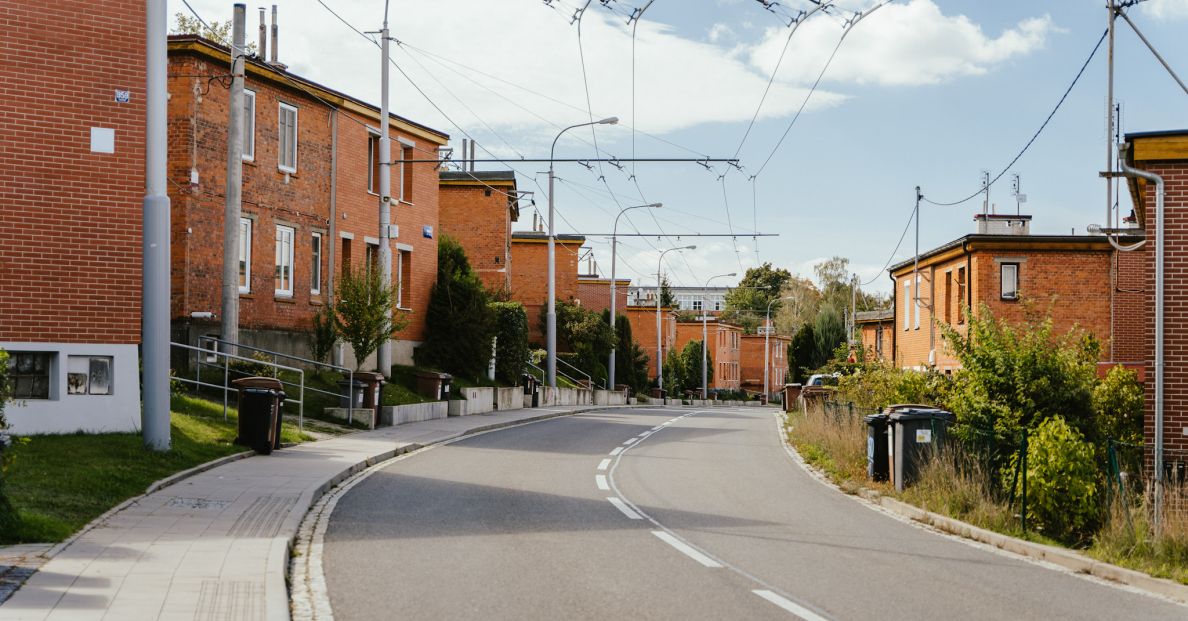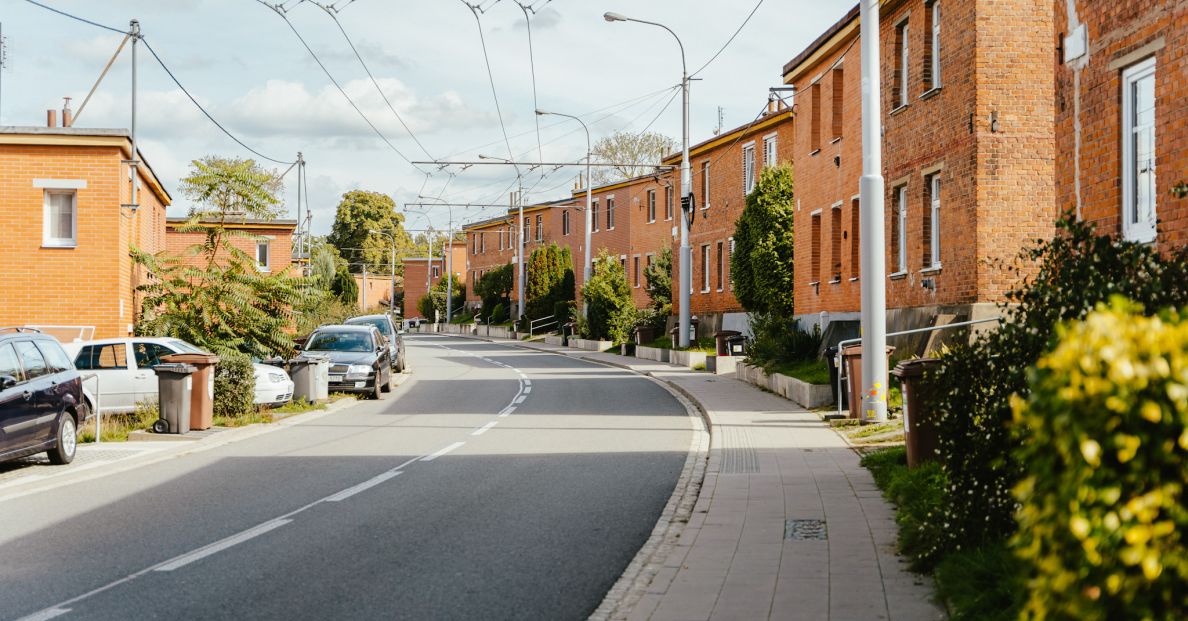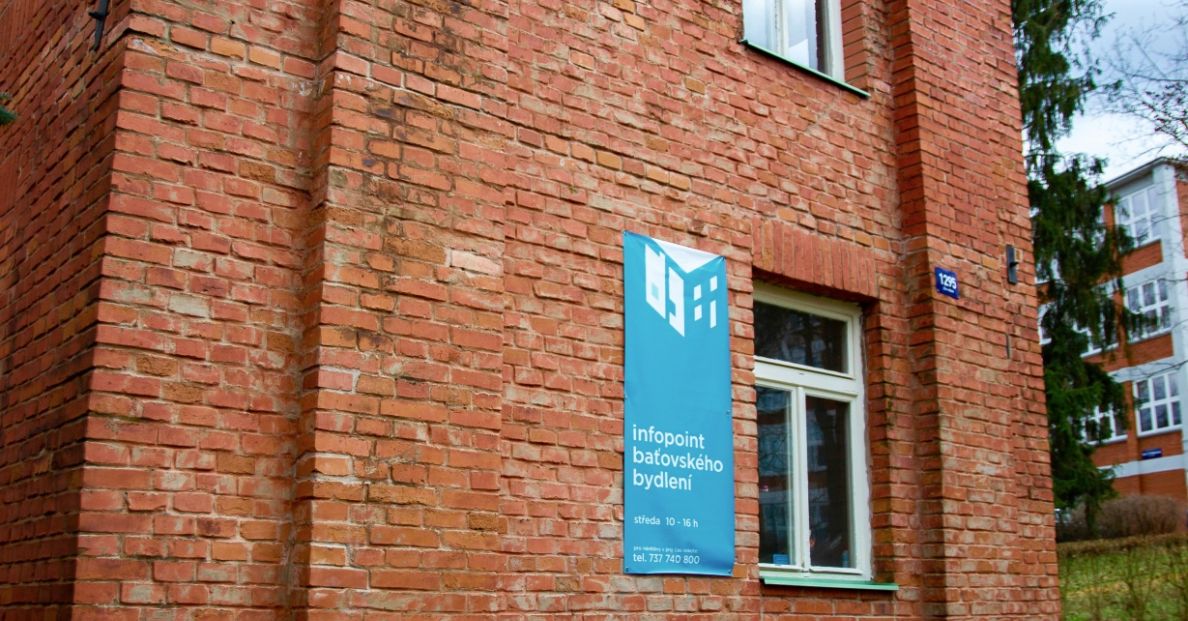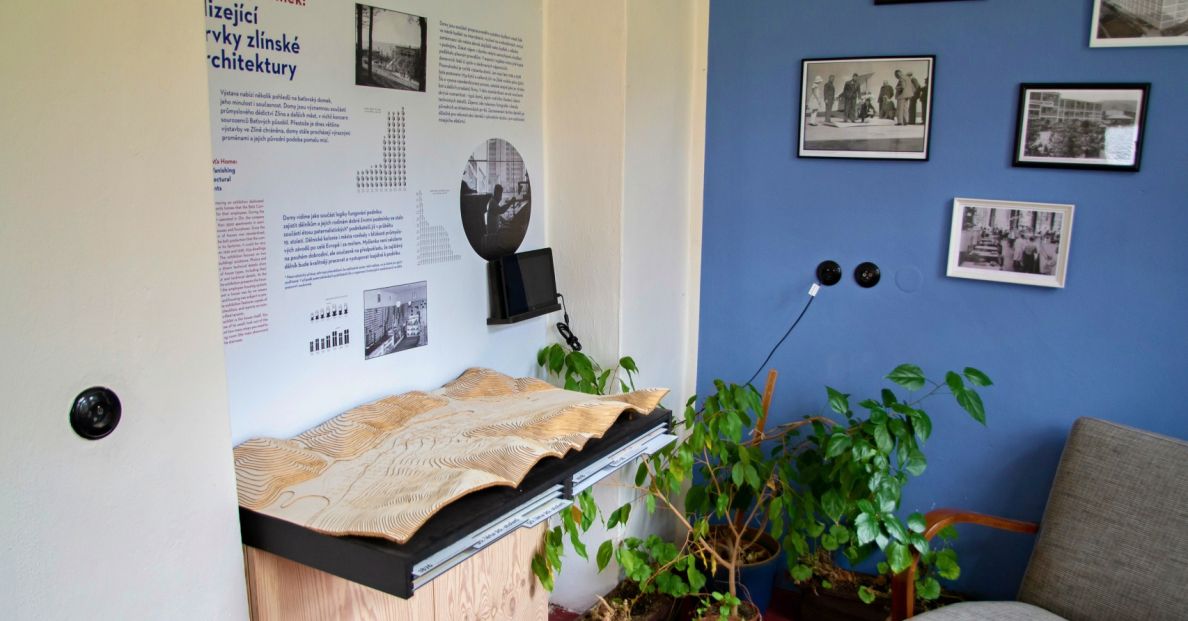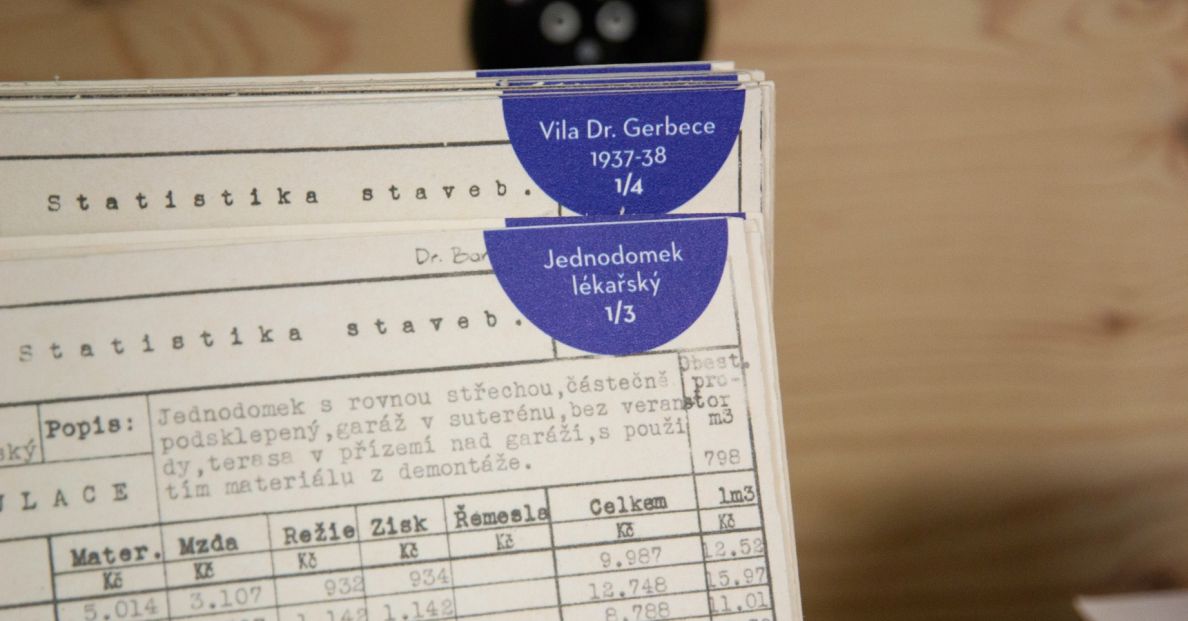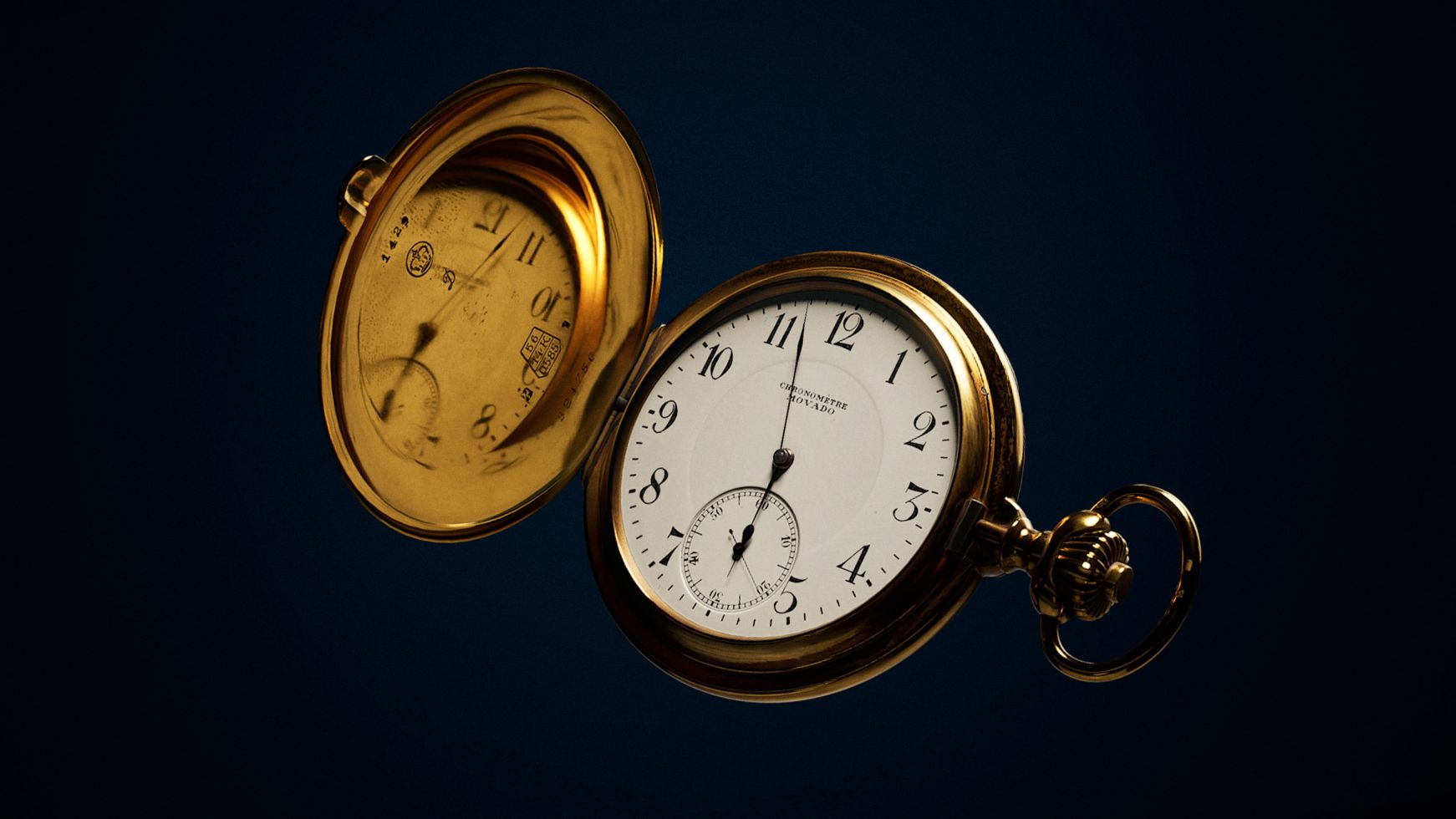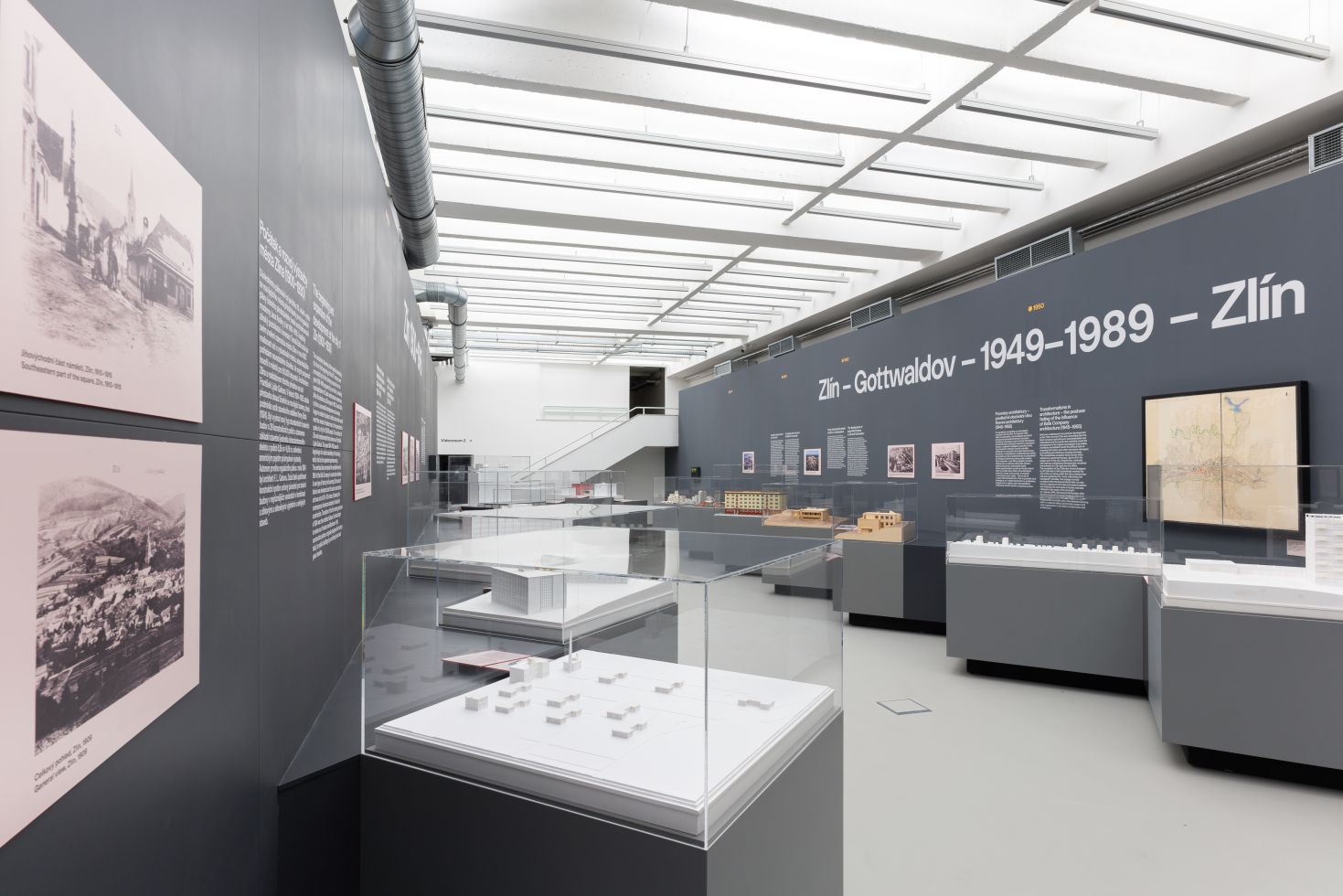Bata houses
If Zlín were a city from a fantasy story, Bata Skyscraper would be a magical line dividing the factory and the world outside. When you look from its 16th floor at Zlín below, you see a precisely structured complex of factory buildings on one side, while on the other side there are hillsides full of greenery and tiny red brick houses built for Bata employees. It is an illustration of Bata's idea - “working together, living individually”.
Our tip
You can learn more about Bata houses and the entire housing system at the Infopoint of Bata housing located in Nad Ovčírnou Street.
Bata housing is a huge chapter that has shaped Zlín and many other cities. In the 1920s and 1930s, workers came to Zlín from all over Bohemia, Moravia and Slovakia, often from villages and huts with no hot water and electricity. Bata architects designed for them several types of brick houses that were equivalent in area to a larger flat but offered a perfectly self-contained unit for family living. The Zlín model was then copied in Třebíč, Partizánské, Otrokovice and many other towns.
The main principle of Bata houses, whatever the type, was simplicity and efficiency. While the first houses had mansard roofs, the newer ones were subject mainly to efficiency. As a result, in Zlín (and elsewhere) you can find simple single houses, semi-detached houses and quadruplex houses with flat roofs and unplastered bricks.
You can see Bata houses in the districts of Letná, Zálešná, Podvesná, Nad Ovčírnou, Díly, Padělky or Lesní čtvrt'. Each area is a little different, but their typical picturesque character is given by hedges, small gardens and narrow sidewalks hidden between the houses.
Download the Zlín Architecture Manual app on your phone and follow the Bata Housing route. You can also pick up leaflets with the route at information centres. We recommend a spring walk, when everything is in bloom, or a summer evening, which turns the houses into stunning colours.
Interesting facts
The Bata houses were originally intended to last for thirty years, after which they were to be replaced. Today, most of them are slowly approaching a hundred years and Zlín citizens are still very fond of them.


